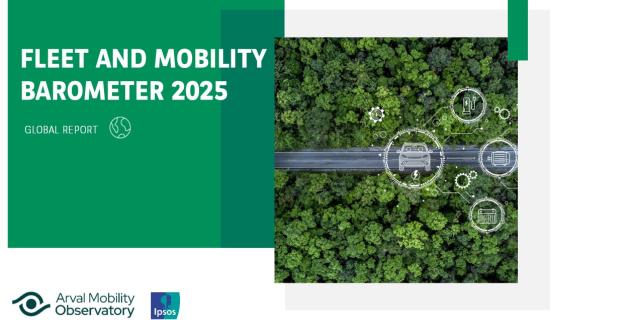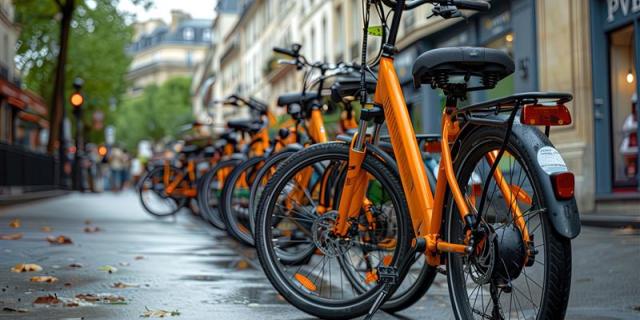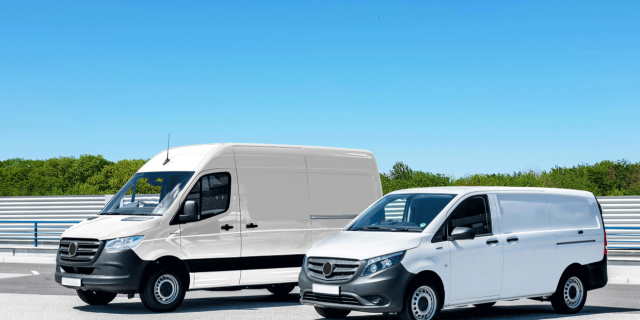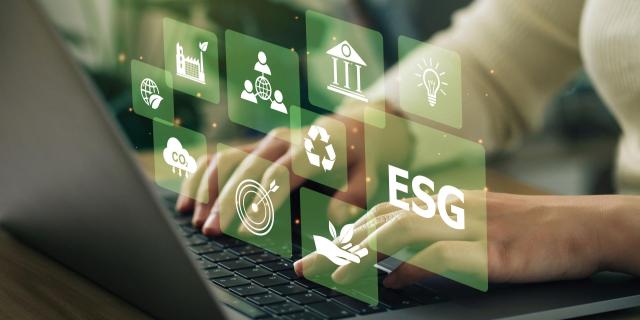The relationship between humans and machines has been a rollercoaster-ride for centuries. Between euphoria and outright spite, a healthy scepticism rears its head every time another evolutionary step is taken. With the impending rise of autonomous technologies in transportation, it’s time again to evaluate the relationship.
Whether it was Henry Ford’s launch of the mass-production plant, IBM’s Deep Blue beating Kasparov at chess, Google’s artificial-intelligence assistant ordering a table at a restaurant by telephone, or the innovative brain-machine interface Neuralink device presented by Elon Musk, the ability of technology to eclipse itself – and human ability – has accelerated to the point where tech pioneer Ray Kurzweil, the Google guru of the transhumanist ideology, predicts humans and machines will merge “by 2045” citing, “Even the very best human is just another notch to pass
What has been the ultimate test – the Turing Test, by which machine performance becomes indistinguishable from human behaviour – is today progressively becoming but a signpost in the evolution of the machine. The release of GPT-3 in 2020, a language generator built on 175 billion parameters that can exactly replicate an author’s writing and develop new text, is hailed as a seminal step in the development of AI – one that could make both the writers and readers of even this paper obsolete. In the end, it will be another step, just as autonomous vehicles will be, in the transformation of our lives and livelihoods.
The implications are massive, so it makes sense to evaluate how the human-machine interface (HMI) has evolved, and more pertinently, what it means to our world of mobility – in particular, of the shared and autonomous kind.
Fill the information below and then download our publication. You will discover more on this topic.
Discover more in this video, the webinar based on the publication :










